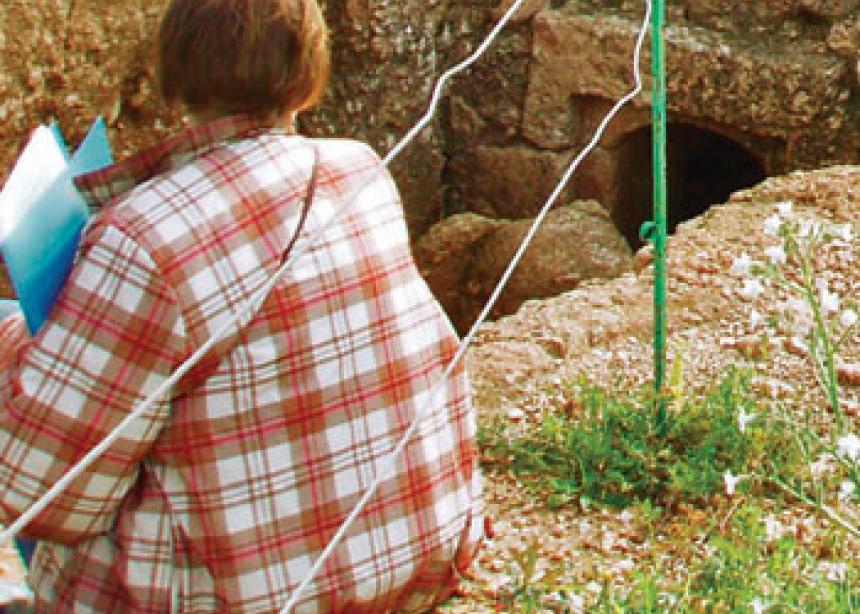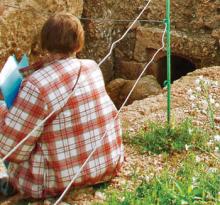In Luke 24, the disciples on the road to Emmaus were confused and discouraged. They had trouble recognizing Jesus.
In March of last year, I was a disciple on the road to Emmaus as part of a learning tour in the Holy Land. I was also confused and discouraged by the complexities of the deep fear, pain and suffering that is the story of this land and its peoples.
Near the ancient yet modern town of Emmaus is Canada Park, a heritage site that has been built with money that has been donated for the welfare of Israel by Canadians on the site of an Arab/Palestinian village that was razed in the 1967 war. This heritage site officially recognizes everything except for the last, sad chapter of its history when Israeli soldiers occupied this village, expelled its residents and bulldozed the stone houses.
But piles of stone and resilient cacti still cry out and share the story with those who have eyes to see and ears to hear. Cacti form fences between properties, and they sprout up again and again.
This sign of Palestinian village life was interpreted for us by Eitan Bronstein, director of Zochrot (“remember” in Hebrew). Zochrot has been organized to help Israelis and other visitors learn and remember this chapter of their history, which Palestinians refer to as the nakba, (“catastrophe” in Arabic). While the story was heart-rending, the fact that a secular Jew was committed to teaching this story to us and his fellow citizens was a sign of hope and reconciliation.
Was this a sighting of Jesus still walking the road to Emmaus?
Experiences such as the tour of Canada Park weighed heavily as we entered the gates of a sixth-century monastery. A friendly and humble monk appeared and offered us a tour. As tempted as I was to hear his explanations of this place, an inner voice nudged me to explore the grounds on my own.
As I did so I was greeted, as in many places on this journey, by an old mosaic of a meal Jesus hosted. I welcomed this sign and wandered on, following more signs that directed me to a first-century tomb. Along the path, I enjoyed the spring flowers that were thriving thanks to welcome rains a few days earlier. I sensed Jesus beside me, encouraging me to enjoy the dwarf irises of his earthly homeland, and I did so as I meandered on.
Yet another surprise awaited me. The tomb was not what I had expected. Separated by only a boundary marking rope, I sat down to think.
The entrance to this tomb was no bigger than the entrance to a child’s snow fort. Is this what Jesus’ tomb had been like? If so, the women with their ointment, and Peter, coming to check out their report, would have had to crawl in on hands and knees to seek their loving Lord. Humility, as well as determination, would have been required of them as they sought to be near Jesus.
As I sat and pondered this sign, Jesus gently reminded me that the way to seek him has not changed: “Blessed are the poor in spirit, for they shall see God” (Matthew 5:3).
Elsie Rempel is the director of Christian education and nurture for Mennonite Church Canada.



Add new comment
Canadian Mennonite invites comments and encourages constructive discussion about our content. Actual full names (first and last) are required. Comments are moderated and may be edited. They will not appear online until approved and will be posted during business hours. Some comments may be reproduced in print.